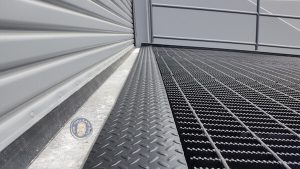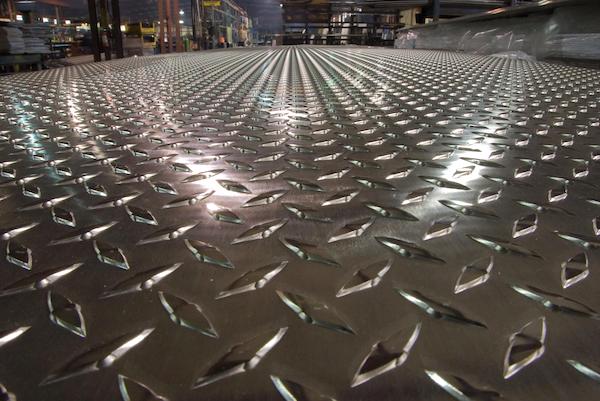
Punctuated Equilibrium in (Almost) Real Time
What does evolution have to do with industrial yard ramps?
In 1972, paleontologist Stephen Jay Gould co-wrote a paper on what he called punctuated equilibrium.
In a nutshell, Gould challenges Darwin’s idea that evolution happens gradually over time. Instead, punctuated equilibrium attempts to redefine evolution as a process that remains static for long periods of time, with sudden spikes in change.
For example: how did life move from water to land? Punctuated equilibrium’s approach is that after a long stretch of time in which the bigger fish were eating the smaller fish, the smaller fish suddenly had enough and thrust themselves onto the shore. To, you know, avoid being dinner.
From there, picture the gills morphing into arms and legs, the spine strengthening and branching out, and the eventual jump from being on all fours to standing on two legs (followed by, say, starting your own industrial yard ramp business).
In industry, we have what we’ve come to call disruption—say, manufactured things, technology, and software that create spikes in the marketplace.
While disruptions aren’t always cheaper—or necessarily better—they do affect our purchasing decisions, and that has a direct effect on supply and demand.
Which brings us to industrial yard ramps. History and anthropology suggest that the first ramps were made of earth, angled in such a way to allow transport up an incline in order to bridge distance and elevation.
Dirt turns to mud in the rain and affects integrity and safety. So, engineers adapted inclined planes over the centuries. Today, the best yard ramp functionality includes serrated grating: it provides excellent traction for forklifts, and the open design allows water and debris to pass through instead of pooling. All of which contributes to more effective safety and a smoother workflow.
Some of this disruptive innovation is borne of necessity, some of it from simple and often brilliant design tweaks (see our example of the paper clip, HERE).
Just because you can doesn’t always mean that you should. In our view, the best disruption incorporates both design and safety. With those two elements—especially in our industry—you have the right ingredients for creating a better, more helpful product.
Proudly, we encourage you to keep watching this space for some exciting innovations.
___________
Quotable
McCoy Fields, sir: Like this one?



